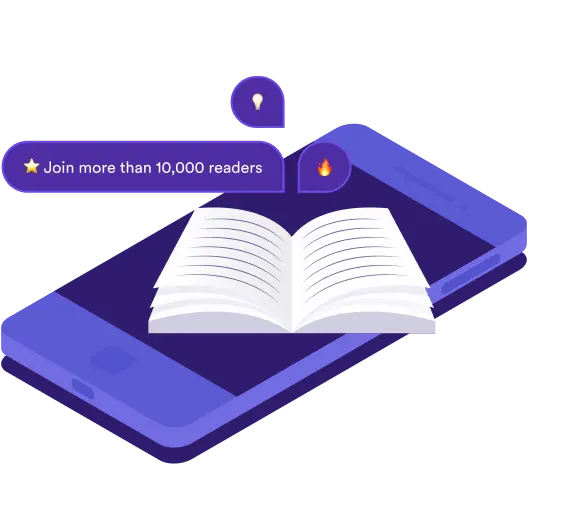Interested in SnackzLAB or SnackzAGENT? 👉🏼 This way!

Enjoying Snackz.ai?
Sign up!
or
I agree to the Privacy Policy and the Terms of Service.
Already have an account?
📩 Check your inbox!
A link to reset your password has been sent to your email address.
Reset Password
No worries! Just enter your email below, and we'll help you reset that password:
Enjoying Snackz.ai?
Sign up!
or
I agree to the Privacy Policy and the Terms of Service.
Already have an account?
📩 Check your inbox!
A link to reset your password has been sent to your email address.
Reset Password
No worries! Just enter your email below, and we'll help you reset that password:
Iiba, Agile Alliance
Where would you like to order?
Please select your country to proceed with the checkout.
⚡ Free 3min Summary
Agile Extension to the BABOK Guide, Version 2 - Summary
In a world increasingly embracing Agile methodologies, 'Agile Extension to the BABOK Guide, Version 2' bridges the gap between traditional business analysis and the dynamic world of Agile, offering a practical framework for delivering value in ever-changing environments. It's an essential resource for anyone involved in Agile transformations or seeking to optimize their existing Agile practices. This guide introduces the Agile mindset and provides actionable models and principles that can be applied across various industries, focusing on continuous learning, adaptability, and value-driven decision-making.
Key Ideas
Embracing the Agile Mindset
The guide emphasizes that Agile is not just a set of practices but a mindset shift. It explores the core values and principles of Agile, such as collaboration, iterative development, and customer focus, and how they apply specifically to business analysis. This section highlights the importance of adaptability, continuous learning, and value-driven decision-making within an Agile context.
The 3-Tier Rolling Planning Model
A key concept presented is the 3-tier rolling planning model, which provides a framework for incorporating business analysis into Agile development cycles. It outlines three levels of planning: Strategy, Roadmap, and Release, emphasizing continuous planning and adaptation based on feedback and evolving priorities. This model ensures alignment between business objectives and Agile iterations, maximizing value delivery.
Seven Principles of Agile Business Analysis
The guide introduces seven key principles specifically tailored to Agile business analysis. These principles, including 'See the Whole,' 'Think as a Customer,' and 'Analyze to Determine What is Valuable,' offer practical guidance for conducting effective business analysis in an Agile setting. They highlight the importance of understanding the big picture, prioritizing customer needs, and continuously evaluating value throughout the development process.
FAQ's
The primary focus of 'Agile Extension to the BABOK Guide, Version 2' is to bridge the gap between traditional business analysis and Agile methodologies, providing a practical framework for delivering value in dynamic environments.
The guide defines the Agile mindset as a shift in thinking that emphasizes collaboration, iterative development, customer focus, adaptability, continuous learning, and value-driven decision-making.
The 3-Tier Rolling Planning Model is a framework presented in the guide that incorporates business analysis into Agile development cycles through three levels of planning: Strategy, Roadmap, and Release. It emphasizes continuous planning and adaptation based on feedback and evolving priorities.
Enjoyed the sneak peak? Get the full summary!
Let's find the best book for you!
AdvertisementSection.TitleNew
AdvertisementSection.SubTitleNew

Get the books directly into your inbox!
✅ New Release
✅ Book Recommendation
✅ Book Summaries
Copyright 2023-2025. All rights reserved.